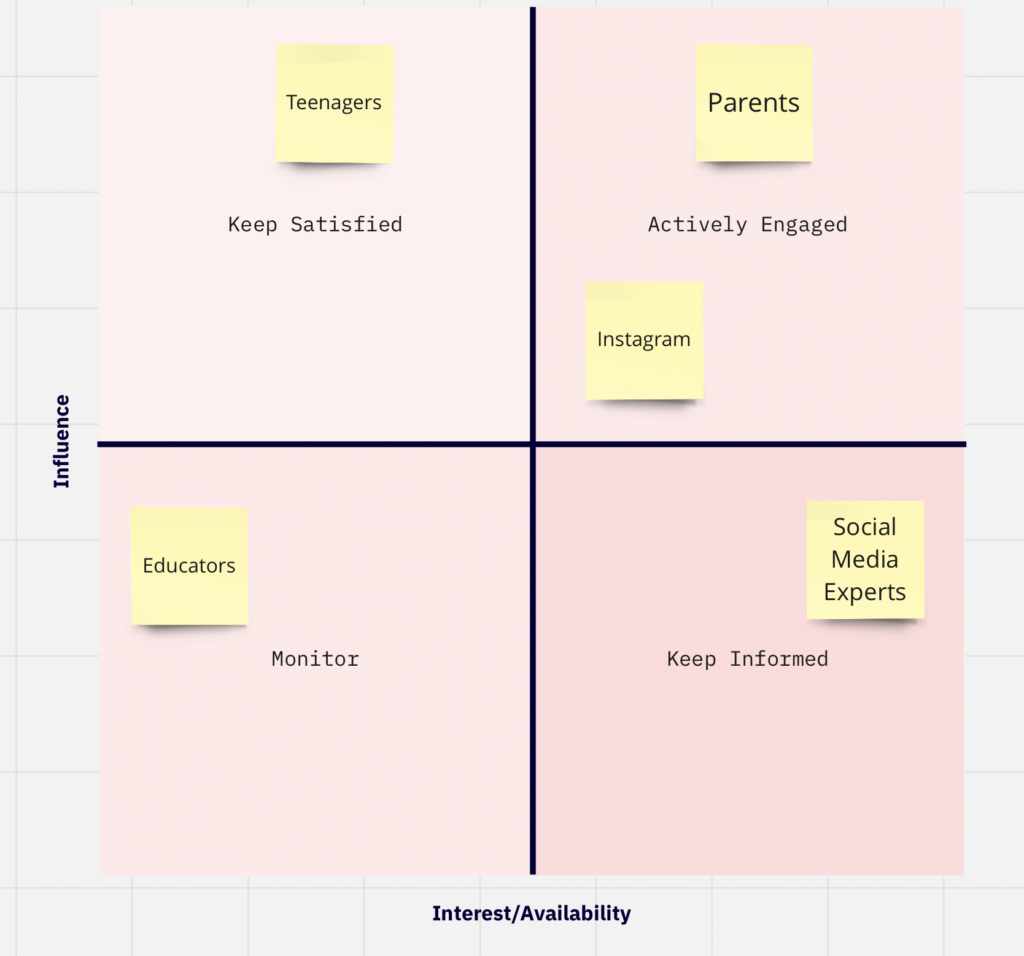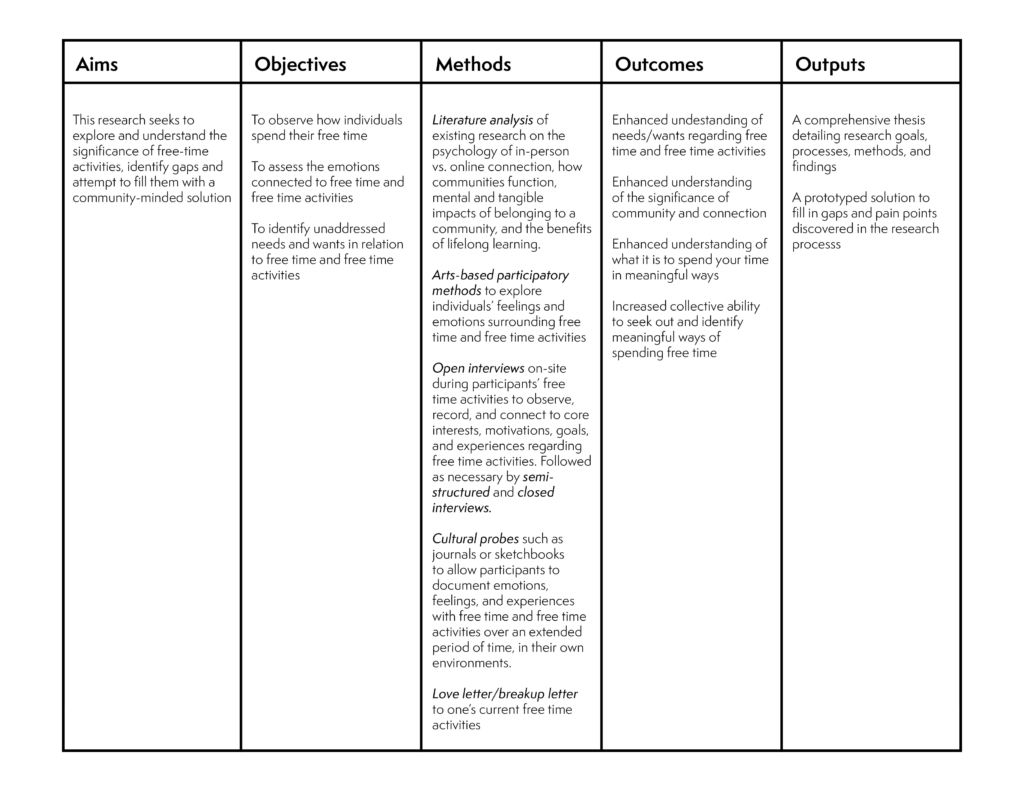For my Instagram Youth version, I examined the following stakeholders.
Teenagers: As the primary users, their perspectives on the current challenges and preferences for a redesigned Instagram are crucial.
Parents: Given the concerns parents may have about their children’s online activities, understanding their perspectives on a safer social media environment is important.
Educators: Teachers and school administrators may be interested in how social media affects students’ well-being and may have insights into the educational implications.
Social Media Experts: Professionals specializing in social media, child psychology, or digital well-being can provide expert opinions and contribute valuable insights.
Instagram (Meta): The platform itself is a key stakeholder. Understanding their policies, constraints, and potential collaboration is essential.

For the “What is this” analysis, I chose Instagram itself to get a better understanding of the app.
What is this: Instagram
- What is it for?
- Sharing photos and videos
- Connecting with friends and family
- Discovering content based on interests
- Building a personal or brand presence
- Providing a platform for self-expression
- To use it:
- To create an account
- To post content
- To interact with others through likes, comments, and direct messages
- To explore content on the main feed and through Stories
- How did it get there?
- Developed by Instagram, Inc. (now owned by Meta)
- Downloading it from the App Store
- Who uses it?
- Individuals of various ages, interests, and backgrounds
- Influencers and content creators
- Businesses and brands for marketing and engagement
- Celebrities and public figures
- Educational institutions, non-profits, and organizations for outreach
- What does it do?
- Facilitates photo and video sharing
- Enables communication through comments and direct messages
- Provides a platform for content discovery
- Supports advertising and promotion
- When is it used?
- Throughout the day based on individual preferences
- During events, travels, and special occasions
- To stay connected with others
- For personal or professional branding
- As a source of entertainment and information
- What is it made of?
- Software code written in programming languages
- Database infrastructure to store user data
- Visual elements including images, icons, and user interface components
- Who made it?
- Developed by Kevin Systrom and Mike Krieger (Instagram founders)
- Acquired by Facebook in 2012 (now Meta Platforms, Inc.)
- Why does it exist?
- To provide a platform for visual storytelling and sharing
- To connect people globally through shared interests
- To serve as a space for personal expression and creativity
- To offer businesses and influencers a platform for promotion and engagement




